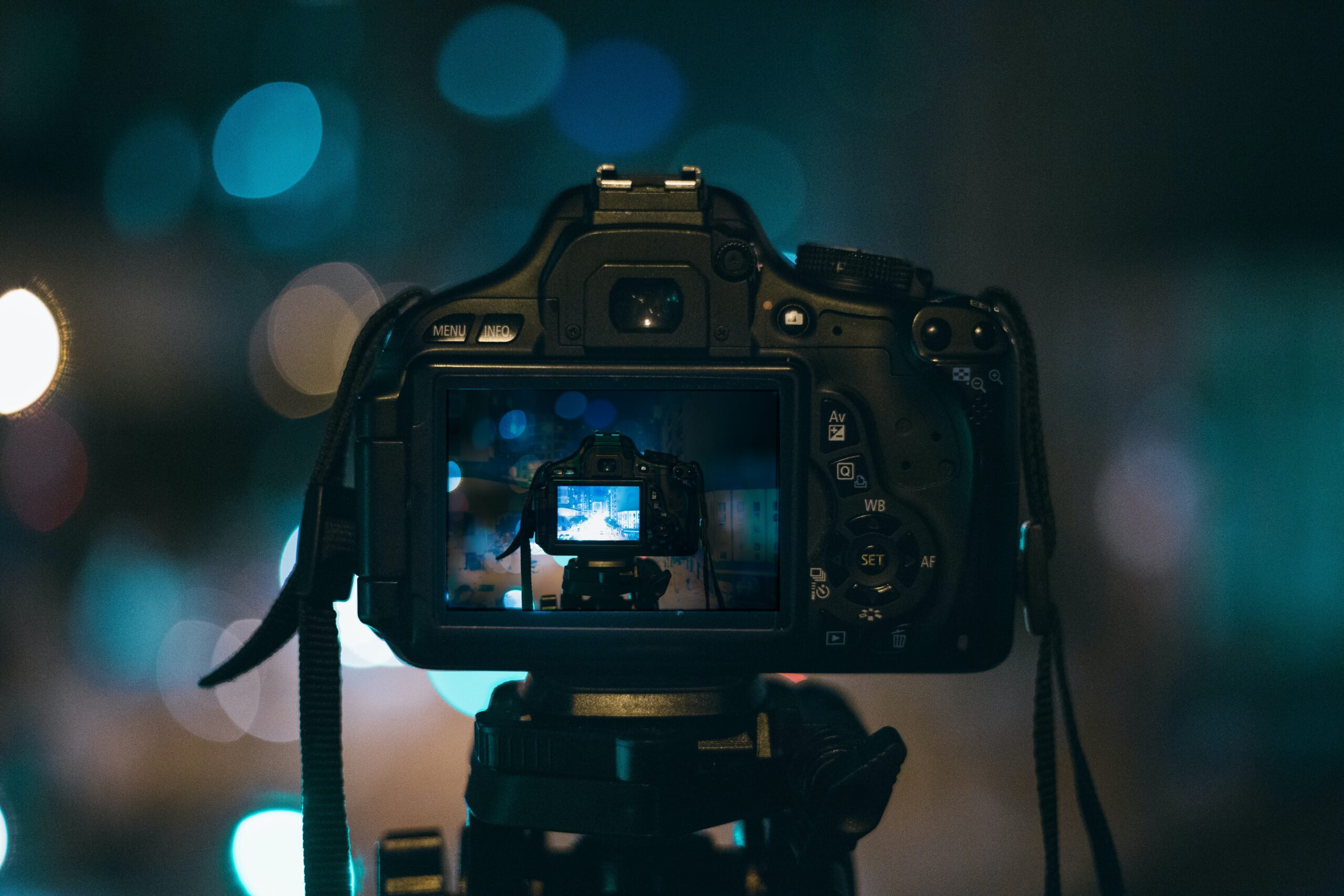Lights, Camera, Interaction: 8 Event Photo Tips That Drive Engagement
A picture may be worth 1,000 words but getting an event photo to 1,000 engagements on your company’s social media can be even more valuable. Namely, it takes someone with a good eye for what great moments also tell great stories. Successful event photos capture a moment or mood in just the right way. Taking great event photos is something you can practice and become better at over time.
When capturing an event photo of a speaker, a panel, a team dinner, a pitch competition, a networking reception, or just a fun candid moment, the primary goal should always be to encourage social media audiences to organically engage with it by commenting something valuable, “liking” the post, or sharing the image and its corresponding caption on their own feeds to spark ongoing discussions.
If you or someone at your company is asked to snap event photos for your social media audience, here are eight tried-and-true tips to ensure your photos perform well online, generate positive buzz around your company’s work, and portray its impact:
1. Look for moments to tell visually appealing stories.
For example, a beautiful tray of healthy food presented in an aesthetically pleasing way may serve as a nod to how your company helps underserved communities eat healthier. Or perhaps showing a group of your colleagues and clients standing against a stunning cityscape can be leveraged to highlight where in the world you are and the impact you’re looking to make next across a new region of the country or world.
2. Take multiple photos.
Aim for five photos per significant moment. You get one shot at capturing an event, so this gives designers and social media teams who must turn your image into digestible content options to play with when the photo gets transferred from your phone or camera to an online platform.
3. Frame the subject strategically.
Look for where the light is coming from, then try to get it behind you rather than in front of you when you’re taking the photo. Also, opt for dark backgrounds versus white where you can. This shows up better on white web pages because it puts a border around your photo by default, making it pop. Take horizontal photos over vertical when it makes sense to do so. Horizontal perspectives tend to work better for social media and article headers because they usually “fit” into the webpage or mobile space better.
4. Be mindful of cultural and political sensitivities.
This is especially a particularly urgent concern if your audience is global. Note that the cultural practices where you live or where you’re traveling may differ from the areas or communities where your photos are seen. Neglecting to consider the cultural and political implications of clothing or props that appear in images may spark backlash online or end up making your photo into a statement that you didn’t intend, so it’s worth discussing this and similar concerns with your teams as needed to get the right information.
5. Think about the greater message behind the photo.
Think about what the corresponding caption might be that can explain the “why” behind the image and what your company or organization is doing to help change the world in its own way. This message will ultimately become your social media copy. The photo itself should ideally not need too much of a caption to make “sense.” Instead, the caption should be something that enhances the purpose behind your choice to take the photo.
6. Take photos that make sense out of context.
For example, if you’re at an artificial intelligence conference and cool robot vacuum cleaners grab your eye, snap those to feature, as they may be appealing to other people. But then go one step further. Maybe you strike up a quick chat with the robot vacuum rep so you can help tell the story behind it. Ask if you can tag them in the post so there’s a greater chance they’ll share it with their audience. Be mindful about the tone of your post to be clear about whether you’re unintentionally promoting or endorsing a company versus just showing that you thought what they were doing was innovative and worth sharing on your platforms.
7. Consider where you’re standing in relation to your subject.
Stand in the front corner of a room if you’re trying to capture a live-action shot of a speaker. This will ensure you get the speaker and a little bit of the crowd from the front rather than looking at the back of people’s heads. It also makes it easier to crop the photo, so it looks like there’s a big crowd versus empty rows. If you’re up close, wait to take a picture until someone is making gestures with their hands (which photographs better because it conveys “live thinking” or “lively conversation”) or smiling versus mid-word (which is not always easy to capture in a flattering way). A photograph of a speaker against a slide works well only if the slide text is readable and the image on the screen is clear.
8. Look out for great photo opportunities.
These include city or town landmarks, welcome signs that highlight where you are, interesting room décor, event swag bags (being conscious of the brands presented and if you’d like to promote them), full rooms of people to showcase high attendance (and high interest in the topics covered), client dinners, and group shots against interesting backgrounds with good light.
Final thoughts
A picture may be worth 1,000 words, but there are 1,000 opportunities out there to be captured on film at every event you attend. Identifying them, framing them well, and figuring out the message behind what inspires them will go a long way in ensuring your photos engage all those who come across them.
By Jacqueline DiChiara
Photo by Kaique Rocha on Pexels.
